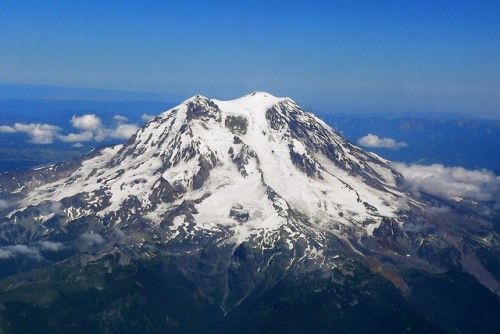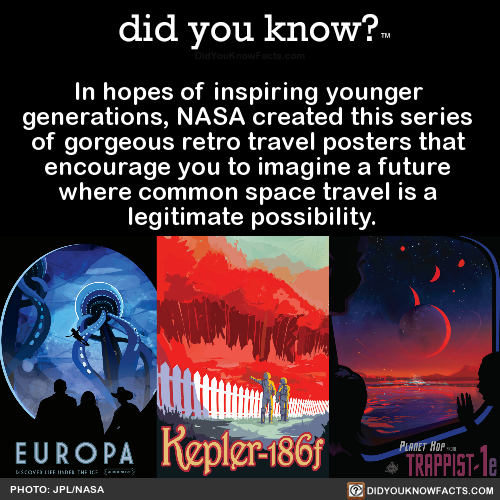Penitentes Rows Of Sparkling Snow Pinnacles Range Beside A High Andean Pass Between Chile And Argentina.

Penitentes Rows of sparkling snow pinnacles range beside a high Andean pass between Chile and Argentina. Silent and eerie, the Agua Negra Pass high in the remote Andes links La Serena in Chile with San Juan Province in Argentina. At an altitude of 15,633ft (4765m) it is one of the world’s highest motoring passes—a tough 12-hour drive with a high risk of plunging into a ravine or of being swept away by a landslide. The sky is dark in the thin air, and the shadowy ranks of the Penitentes—pinnacles of frozen snow 6-20ft (1.8-6m) tall—lining the steep slopes like white hooded figures, add to the spine-chilling atmosphere. In 1835, the British naturalist Charles Darwin thought that the pinnacles were formed by wind action. More recent studies show that these ice pinnacles form when ice is below the freezing temperature of water, but being bombarded with sunlight and undergoing sublimation. Tiny depressions begin forming as the ice sublimates, and sunlight is focused into these depressions, causing the ice to sublimate more rapidly at those spots. The end result is a field of spiky ice, that this photographer described as “hell to cross”. ~JM Image Credit: https://flic.kr/p/5W1xUZ More Info: Penitentes: http://bit.ly/1LUcEXv Video-Penitentes: http://bit.ly/1Fleb4K Betterton, M. D. (2000). Formation of structure in snowfields: Penitentes, suncups, and dirt cones. http://bit.ly/1KEd5b1 Sublimation: http://on.doi.gov/1HUN06X Luciano Roque Catalano. Book. “Snow Penitents” http://bit.ly/1FTnRr0
More Posts from Rocks-everywhere and Others
You Don’t Have to be a Rocket Scientist to Conduct Research in Microgravity

Putting your life’s work on top of a rocket may seem like a daunting task, but that’s exactly what scientists have been doing for decades as they launch their research to the International Space Station.
This season on #NASAExplorers, we’re exploring why we send science to space, and what it takes to get it there!

Watch this week’s episode to meet a team of researchers who are launching an experiment to space for the first time.
Follow NASA Explorers on Facebook to catch new episodes of season 4 every Wednesday!
Make sure to follow us on Tumblr for your regular dose of space: http://nasa.tumblr.com


Deep magma reservoir below Mt Rainier
Researchers from Norway and the US have mapped an 8 by 16 km magma chamber at 8 km depth below Washington State’s Mount Rainier. The detailed map was created by measuring the variations in the magnetic and electrical fields as well as seismic imaging. Researchers suggest that this map could help us predict when volcanoes will erupt.
Keep reading
Big trays of fossil sea urchins
nice_little_urchins

The importance of a good and matching teacher or supervisor. You see, even birds can struggle with an inconvenient teaching style.
“It might be imagined that the most brilliant birds would be able to learn at any tempo, whereas others would learn well only when tutored at a slow tempo. But Mets and Brainards’ results demonstrate that this is not the case. Most remarkably, birds that were genetically tuned to sing slowly were not inherently worse learners. In fact, they often learnt better than the fast birds once the tutoring tempo ‘resonated’ with them.“
From the article: Tchernichovski and Conley. A genetically tailored education for birds, Nature 2019, 575. https://www.nature.com/articles/d41586-019-03416-4

In hopes of inspiring younger generations, NASA created this series of gorgeous retro travel posters that encourage you to imagine a future where common space travel is a legitimate possibility. Source
















*holds cat like baby*
Running the FRANTZ to magnetically separate the garnet from my sample, all the stuff falling out is the less magnetic amphibole. For anyone curious I’m dating the Syros monolith

A Highland Coo and her calf wandering down an empty road, Argyll and the Isles, Scotland. Credit: Andy Maclachlan.
-
 droxtal liked this · 2 years ago
droxtal liked this · 2 years ago -
 aihstheta reblogged this · 4 years ago
aihstheta reblogged this · 4 years ago -
 cloudysunraes liked this · 4 years ago
cloudysunraes liked this · 4 years ago -
 gunksmurf liked this · 4 years ago
gunksmurf liked this · 4 years ago -
 bogfox reblogged this · 4 years ago
bogfox reblogged this · 4 years ago -
 rebels-cairn reblogged this · 4 years ago
rebels-cairn reblogged this · 4 years ago -
 sepdet reblogged this · 4 years ago
sepdet reblogged this · 4 years ago -
 queenofthestorms1990 reblogged this · 4 years ago
queenofthestorms1990 reblogged this · 4 years ago -
 bellisb612 liked this · 4 years ago
bellisb612 liked this · 4 years ago -
 pnk7 liked this · 4 years ago
pnk7 liked this · 4 years ago -
 natcatwil liked this · 4 years ago
natcatwil liked this · 4 years ago -
 homeplanets reblogged this · 4 years ago
homeplanets reblogged this · 4 years ago -
 corgisagainsthumanity reblogged this · 4 years ago
corgisagainsthumanity reblogged this · 4 years ago -
 phoenixphlight reblogged this · 4 years ago
phoenixphlight reblogged this · 4 years ago -
 sesca reblogged this · 4 years ago
sesca reblogged this · 4 years ago -
 jahuel reblogged this · 4 years ago
jahuel reblogged this · 4 years ago -
 klipspringer reblogged this · 4 years ago
klipspringer reblogged this · 4 years ago -
 delirium-delight reblogged this · 4 years ago
delirium-delight reblogged this · 4 years ago -
 silverariana reblogged this · 4 years ago
silverariana reblogged this · 4 years ago -
 jones-wannabe liked this · 4 years ago
jones-wannabe liked this · 4 years ago -
 wetwombat liked this · 4 years ago
wetwombat liked this · 4 years ago -
 lismock reblogged this · 4 years ago
lismock reblogged this · 4 years ago -
 kia-kaha-aotearoa reblogged this · 4 years ago
kia-kaha-aotearoa reblogged this · 4 years ago -
 kia-kaha-aotearoa liked this · 4 years ago
kia-kaha-aotearoa liked this · 4 years ago -
 beardyspock reblogged this · 4 years ago
beardyspock reblogged this · 4 years ago -
 geardrops reblogged this · 4 years ago
geardrops reblogged this · 4 years ago -
 sesca liked this · 4 years ago
sesca liked this · 4 years ago -
 teknon reblogged this · 4 years ago
teknon reblogged this · 4 years ago -
 huduvudu reblogged this · 4 years ago
huduvudu reblogged this · 4 years ago -
 huduvudu liked this · 4 years ago
huduvudu liked this · 4 years ago -
 littler-duck reblogged this · 4 years ago
littler-duck reblogged this · 4 years ago -
 littler-duck liked this · 4 years ago
littler-duck liked this · 4 years ago -
 specificfuckery liked this · 4 years ago
specificfuckery liked this · 4 years ago -
 specificfuckery reblogged this · 4 years ago
specificfuckery reblogged this · 4 years ago -
 cognitiveinequality reblogged this · 4 years ago
cognitiveinequality reblogged this · 4 years ago -
 lessspoons liked this · 4 years ago
lessspoons liked this · 4 years ago -
 teal-deer reblogged this · 4 years ago
teal-deer reblogged this · 4 years ago -
 angies-grotto liked this · 4 years ago
angies-grotto liked this · 4 years ago -
 ghostb1rd liked this · 4 years ago
ghostb1rd liked this · 4 years ago -
 hornihippos liked this · 4 years ago
hornihippos liked this · 4 years ago -
 ponyupcowboy liked this · 4 years ago
ponyupcowboy liked this · 4 years ago -
 medievalswords reblogged this · 4 years ago
medievalswords reblogged this · 4 years ago
225 posts

